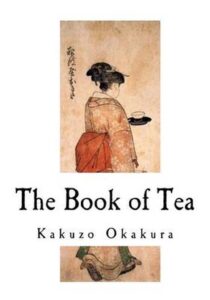
Okakura wrote The Book of Tea in 1906. The books seeks to bridge and explain the Eastern perspective to the West. At the time, most people weren’t familiar with Japan, China, or Korea. Japan had opened to the West in 1853. Fifty-three years isn’t a lot of time for people to understand another culture. As Okakura writes:
When will the West understand, or try to understand, the East? We Asiatics are often appalled by the curious web of facts and fantasies which has been woven concerning us. We are pictured as living on the perfume of the lotus, if not on mice and cockroaches. It is either impotent fanaticism or else abject voluptuousness. Indian spirituality has been derided as ignorance, Chinese sobriety as stupidity, Japanese patriotism as the result of fatalism. It has been said that we are less sensible to pain and wounds on account of the callousness of our nervous organization! […] Unfortunately the Western attitude is unfavorable to the understanding of the East. The Christian missionary goes to impart, but not to receive. Your information is based on the meager translations of our immense literature, if not on the unreliable anecdotes of passing travelers.
Okakura’s book relates back to these misconceptions. He wrote The Book of Tea in English, bringing his native Japanese voice and perspective. Okakura uses what he calls Teaism as his foundation to explain the basics of Zen and Taoism. He then links these ideas to tea room design, Japanese architecture, and other areas as a way to illustrate Eastern thinking.
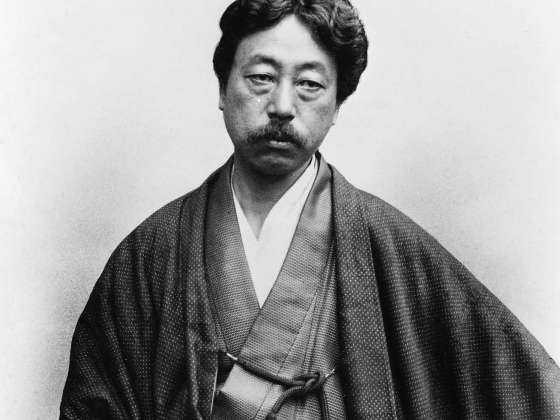
Teaism is the practice of the Japanese tea ceremony. If you aren’t familiar with it, the Japanese tea ceremony involves preparing tea and, depending on the school, a meal. Every move by the host and the guests are scripted. The idea is to create a unique moment that cannot be repeated despite how the ceremony is scripted. The ceremony comes from a mix of Zen and Taoism. Okakura briefly explains the history of tea, of Taoism, and then of Zen. Then he goes into tea house architecture and the practice of tea as an illustration of East and West contrasts. He accounts a story of the tea master Rikyu (spelled Rikiu by Okakura) to underline this difference in thinking. Here is the passage:
Even in the daytime, the light in the room is subdued, for the low eaves of the slanting roof admit but few of the sun’s rays. Everything is sober in tint from the ceiling to the floor; the guests themselves have carefully chosen garments of unobtrusive colors. The mellowness of age is over all, everything suggestive of recent acquirement being tabooed save only one note of contrast furnished by the bamboo dipper and the linen napkin, both immaculately white and new. However faded the tea room and the tea equipage may see, everything is absolutely clean. Not a particle of dust will be found in the darkest corner, for if any exists the host is not a tea master. One of the first requisites of a tea master is the knowledge of how to sweep, clean, and wash, for there is an art in cleaning and dusting. A piece of antique metal work must not be attacked with the unscrupulous zeal of the Dutch housewife. Dripping water from a flower base need not be wiped away, for it may be suggestive of dew and coolness. In this connection there is a story of Rikiu which well illustrates the idea of cleanliness entertained by the tea masters. Rikiu was watching his son Shoan as he swept and watered the garden path. “Not clean enough.” said Rikiu, when Shoan had finished his task, and bade him try again. After a weary hour the son turned to Rikiu: “Father, there is nothing more to be done. The Steps have been washed for the third time, the stone lanterns and the trees well sprinkled with water, moss and lichens are shining with fresh verdure; not a twig, not a leaf have I left on the ground.” “Young fool,” chided the tea master. “that is not the way a garden path should be swept.” Saying this, Rikiu stepped into the garden, shook a tree and scattered over the garden gold and crimson leaves, scraps of the brocade of autumn! What Rikiu demanded was not cleanliness alone, but the beautiful and the natural also.
The Book of Tea acts as a larger illustration in a similar way. Okakura explains everything about tea, including the role of flowers, as a way to point toward the Eastern aesthetic he wanted his Western readers to understand. He assumes his readers will contrast what he writes against what they already know. After all, English tea practices differs greatly from Japanese tea practices. Okakura laces bits of history throughout his explanations and descriptions in addition to acting as a time capsule by itself. The book captures a snapshot of the West’s relationship with Japan before World War II changed the world. When you read the book in combination with Hearn’s works and Basil Chamberlain’s works, you develop an idea of the West’s understanding of Japan. There’s a reason why, at the time, the Exotic East loomed large and strange in Western thinking.
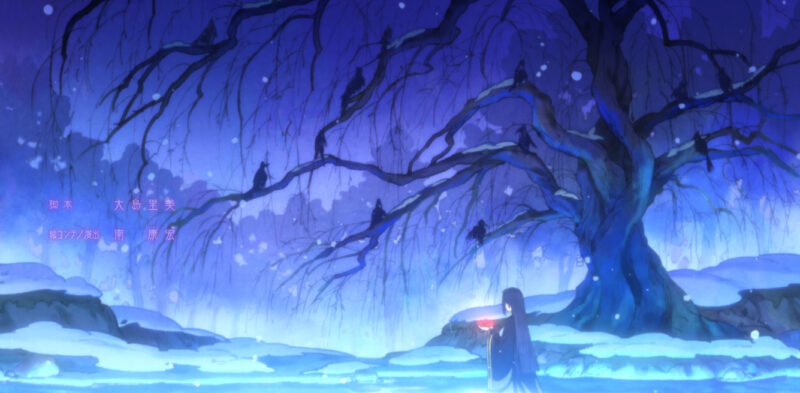
Up until that time, Eastern thought was largely unknown and different. We tend to forget this with how readily available anime, Japanese cinema, Chinese cinema, Eastern literature, and Eastern philosophy is nowadays. After all, Wayne Dyer, among others, brought Taoism to the mainstream, and Eastern spiritual practices have been common in popular US culture since at least the 1960s. Writers like Okakura laid the foundations for this. Unfortunately, it remains true that the immense literature of Japan and, especially, China remains unknown, even with much of it translated into English.
Throughout The Book of Tea Okakura also purples his prose. These sections are charming and break up his conversational tone. The books is nicely readable, even for us impatient modern readers. Here’s a wonderfully purple paragraph:
Tell me, gentle flowers, teardrops of the stars, standing in the garden, nodding your heads to the bees as they sing of the dews and sunbeams, are you aware of the fearful doom that awaits you? Dream on, sway and frolic while you may in the gentle breezes of summer. Tomorrow a ruthless hand will close around your throats. You will be wrenched, torn asunder, limb by limb, and borne away from your quiet homes. The wretch, she may be passing fair. She may say how lovely you are while her fingers are still moist with your blood. Tell me, will this be kindness? It may be your fate to be imprisoned in the hair of one whom you know to be heartless or to be thrust into the buttonhole of one who would not dare to look you in the face were you a man.
The Book of Tea provides an interesting perspective to an earlier Western and Eastern conversation. With its scattering of history, conversational flow and shortness (it’s less than 130 pages), it makes for a fast and interesting read. Okakura’s explanation of Teaism gives you a good introduction to the ideas and history behind tea in addition to showing you the misconceptions of the West in the early 1900s. The Book of Tea remains an essential read for those interested in Japan and the interaction of the West and the East.
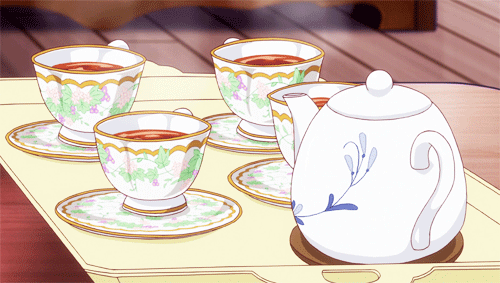
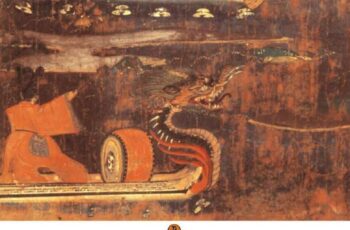
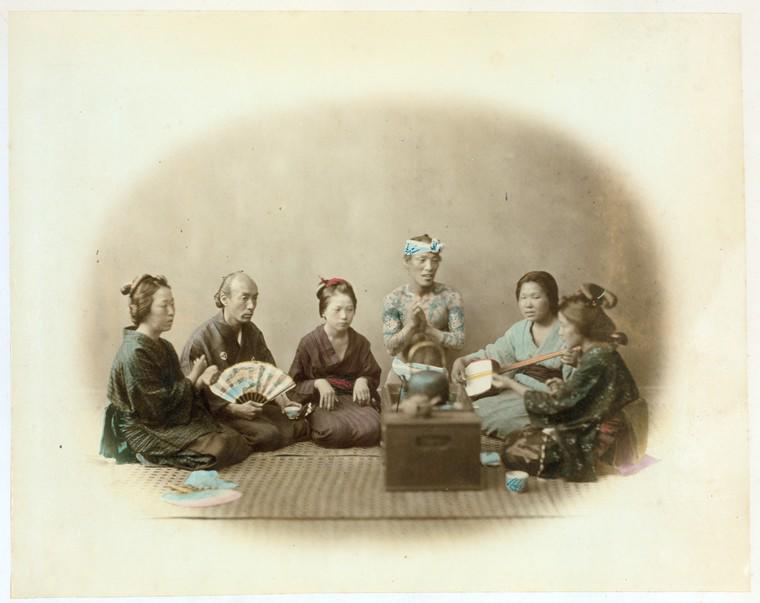

Do you know of any literature written about the first generation of people born in an open Japan?
It would be interesting to hear not the initial or far-future generation of reactions, but the second or third instead. What cultural counterreactions took place? First reactions always seem so reductive, but learning about second and third gen reactions tells me so much more about the discourse
Natsume Soseki falls into that category. He wrote I am a Cat and Kokoro. Yanagita Kunio handles the folklore of the period. While he mostly looks backward, his essays about folklore and modern application are interesting. Drifting Cloud by Futabatei Shimei would be worth a look, but I haven’t read that one yet, so I can’t really comment. I recommend reading Snow Country by Yasunari Kawabata. I’ve read that novel several times.
Keeping in mind that the Convention of Kanagawa had been signed only 52-years earlier, Okakura seems to have been writing in the same spirit as Nitobe Inazō. I think both authors were trying to convey that there was something of value in the tradition and spirit of Japanese culture during a time of extraordinarily rapid transition from isolation to both Westernization and expansionism. I haven’t read Okakura, but that last passage would seem to allude to the rebound of Japanese nationalism that would follow in the wake of the Great Kanto Earthquake.
Okakura does channel the same feeling as Nitobe, just from a different angle. I struggle to read these works for themselves considering how I know how their ideas were co-opted and used/distorted for World War II.
The tearing out of life is a familiar strain. It reminded me of some of the words of the Japanese anarchist, Kaneko Fumiko… if from a perhaps different perspective. I think it easy to underestimate the cultural strain underlying the Japan of that period, particularly during the Taishō period.
“The little weed twisted around my finger.
When I tug at it gently, it cries out faintly,
‘I want to live.’
Hoping not to be pulled out, it digs its heels in.
I feel mean and sad.
Is this the end of its bitter struggle for life?
I chuckle softly at it.”
-Kaneko Fumiko, 1926